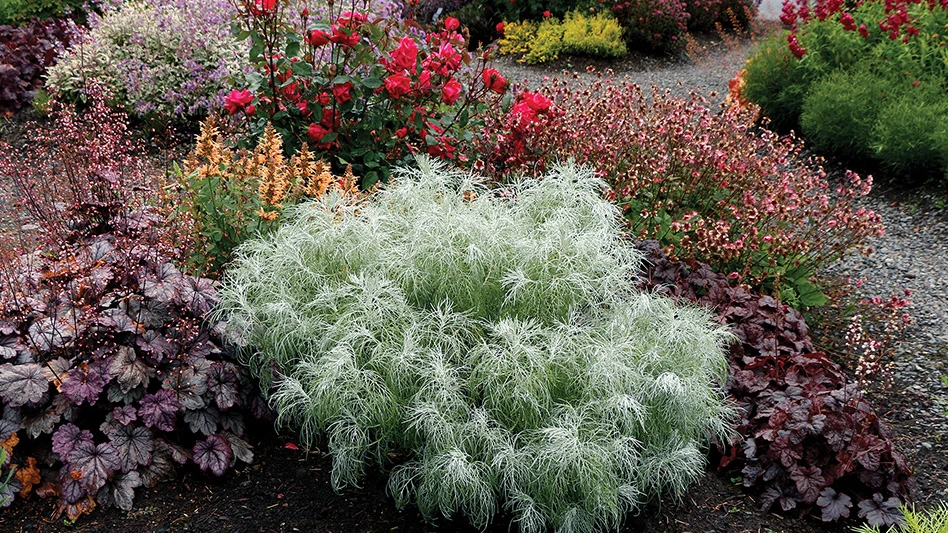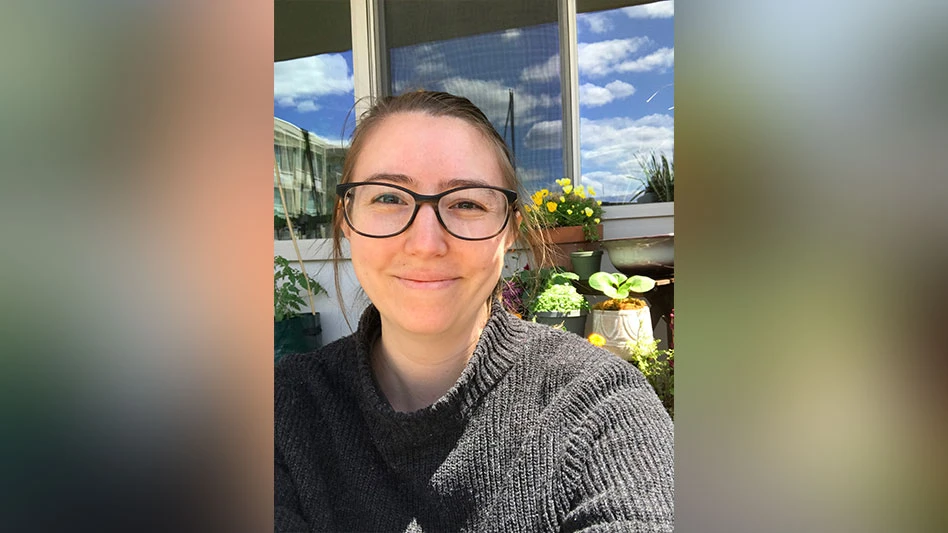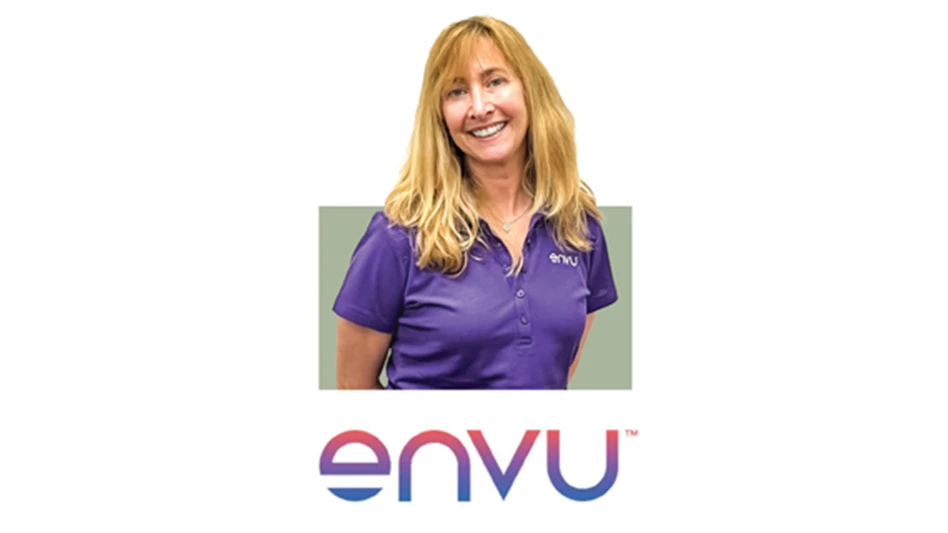|
Labor is still the greatest cost in the production of plants, accounting for about half of production costs. Unloading trucks, moving and spacing containers, loading carts and conveyors, and getting equipment to the right location requires time and effort. A review of where the labor input goes in the production of a flat or pot will indicate where potential savings can be made. Can you answer the question, “How much time does it take to accomplish a particular task?” Examples of common tasks that could be reduced or eliminated with equipment available today:
Equipment should be compared on a payback basis. How long will it take to pay off the investment that I make? This requires getting a quote on the cost of the machine and putting a dollar value on the savings in labor. Dividing the cost by the savings gives the years to payback the investment. A payback of less than three years is good for most equipment. One of the best ways to reduce labor costs is to reduce the amount of walking that employees have to do. An average time to pick up or set down a flat of plants is 1.5 seconds. Research has shown that carrying or walking can be figured at 4 feet per second. At a labor rate of $10 per hour, walking 10 feet back and forth in order to place a flat of plants on a bench adds 2 cents to its cost. And walking to the far end of a 100-foot greenhouse costs $0.15. And when you stop to ask how many times is the flat or pot handled before it is sold, it’s easy to see how these costs add up and why the use of carts and conveyors makes good business sense.
Carts and conveyorsAll sizes of operations can benefit from carts. Today you can purchase carts that:
Carts are low-cost tools to reduce the cost of plant handling. There is also a large selection of conveyors that have application in greenhouse operations.
Conveyors are available in many sizes and adapt to many tasks. And they free employees for more skilled work. When you’re able to do that, the quality and profitability of your operation will increase.
Bartok is a regular contributor to Greenhouse Management and an agricultural engineer and emeritus extension professor at the University of Connecticut. He is an author, consultant and a certified technical service provider doing greenhouse energy audits for USDA grant programs in New England. Have a question? You can write John at jbartok@rcn.com.
|

Explore the June 2014 Issue
Check out more from this issue and find your next story to read.
Latest from Greenhouse Management
- BioWorks hires Curt Granger as business development manager for specialty agriculture
- 2025 Farwest Show booth applications now open
- Bug budget boom
- Don’t overlook the label
- Hurricane Helene: Florida agricultural production losses top $40M, UF economists estimate
- No shelter!
- Sensaphone releases weatherproof enclosures for WSG30 remote monitoring system, wireless sensors
- Profile Growing Solutions hires regional sales manager







